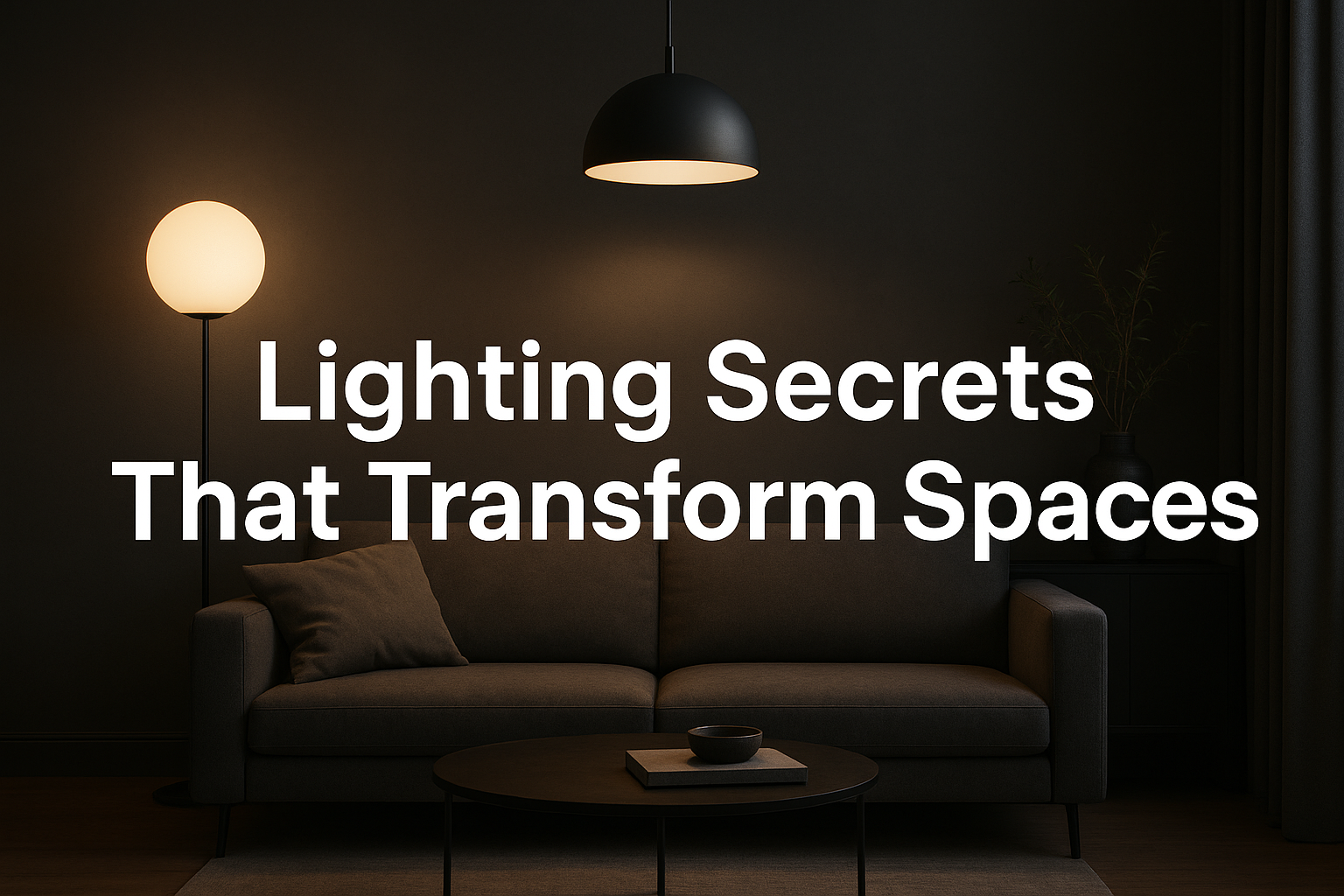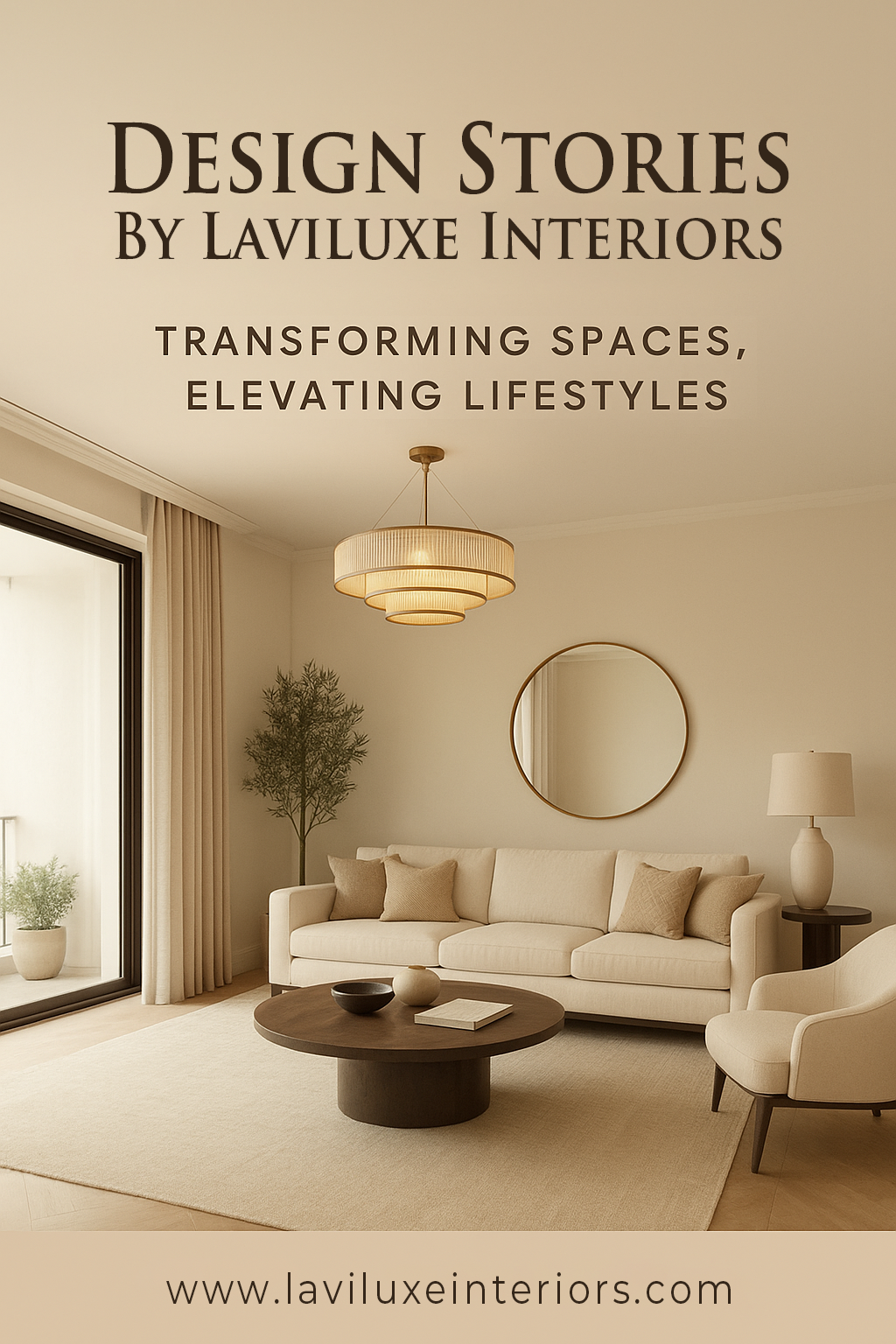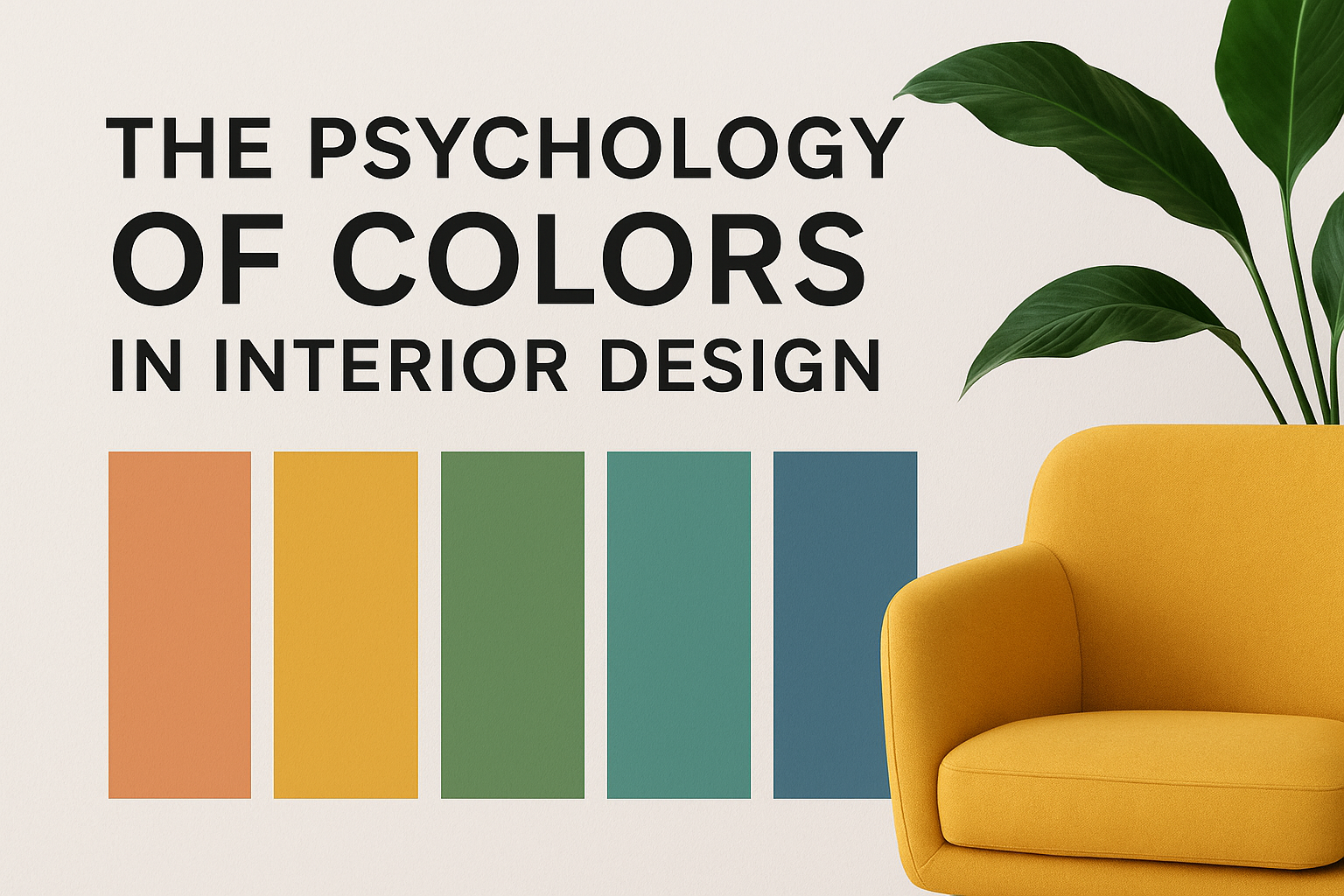Lighting is one of the most powerful tools in interior design—yet it’s often underestimated. The right lighting doesn’t just brighten a space; it shapes mood, creates depth, and highlights the design details you’ve worked so hard to perfect. Whether you’re designing a cozy reading nook or a luxurious living area, understanding lighting techniques can completely transform your space.
1. Layer Your Lighting
The secret to a well-lit space is layering. Interior designers use three types of lighting to create balance:
- Ambient Lighting: The general illumination of a room, usually from ceiling lights, chandeliers, or recessed fixtures.
- Task Lighting: Focused light for specific activities like reading, cooking, or working. Think desk lamps, under-cabinet lights, or pendant lights over a kitchen island.
- Accent Lighting: Highlights architectural details, artwork, or textured walls—often through wall sconces, spotlights, or LED strips.
Layering these three ensures your space feels dynamic and versatile.
2. Use Lighting to Define Zones
In open-plan layouts, lighting can help define different zones without physical barriers. A pendant over the dining table creates a natural boundary, while recessed lighting in the living area draws attention to the seating space. This subtle separation adds order and flow.
3. Warm vs. Cool Light
The color temperature of light greatly influences the mood:
- Warm light (2700K–3000K): Cozy, intimate, perfect for bedrooms and living rooms.
- Neutral light (3500K–4100K): Balanced and natural, ideal for kitchens and bathrooms.
- Cool light (5000K and above): Crisp and energizing, great for offices and task-heavy areas.
Mixing color temperatures within a home should be done carefully to maintain harmony.
4. Dimming is a Game-Changer
A dimmer switch is one of the simplest upgrades that can dramatically transform a space. It gives you flexibility—bright for productivity, low for relaxation, and everything in between.
5. Play with Shadows
Strategic placement of lights can create intriguing shadows that add depth and drama. For example, a wall sconce with a patterned shade can project beautiful designs, making the wall itself a focal point.
6. Highlight Natural Light
Don’t underestimate the impact of daylight. Sheer curtains, reflective surfaces, and light-colored walls can amplify natural light, making a room feel more open and inviting.
Conclusion
Lighting is more than just functionality—it’s an art form. By layering lights, choosing the right temperature, and experimenting with shadows, you can transform even the simplest spaces into breathtaking environments. Remember, in design, light doesn’t just reveal the space—it defines it.





Comments (2)
Leave a Comment
Mike Wilson
Aug 15, 2025Anu
Aug 15, 2025